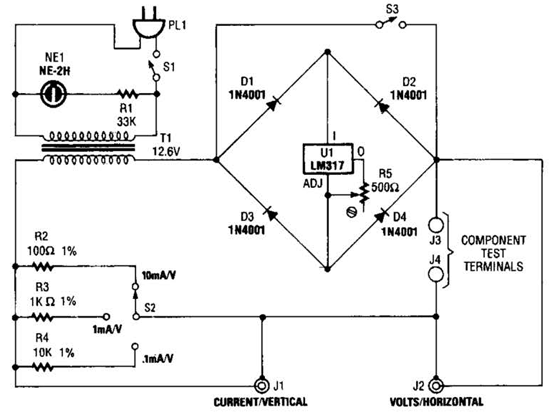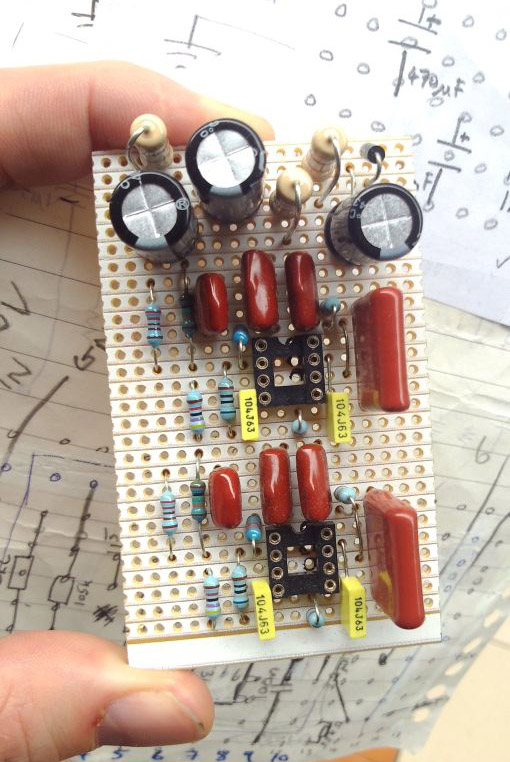USB Switch Schematic Circuit
Anyone experimenting or developing USB ported peripheral hardware soon be comes irritated by the need to disconnect and connect the plug in order to reestablish communication with the PC. This process is necessary for example each time the peripheral equipment is reset or a new version of the firmware is installed. As well as tiresome it eventually leads to excessive contact wear in the USB connector. The answer is to build this electronic isolator which disconnects the peripheral device at the touch of a button. This is guaranteed to reduce any physical wear and tear and restore calm once again to the workplace.
Circuit image :

USB Switch Schematic Circuit Image
The circuit uses a quad analogue switch type 74HC4066. Two of the switches in the package are used to isolate the data path. The remaining two are used in a classic bistable flip-flop configuration which is normally built using transistors. A power MOSFET switches the power supply current to the USB device. Capacitor C2 ensures that the flip flop always powers-up in a defined state when plugged into the USB socket (‘B’ in the diagram). The peripheral device connected to USB socket ‘A’ will therefore always be ‘not connected’ until pushbutton S2 is pressed. This flips the bistable, turning on both analogue gates in the data lines and switching the MOSFET on. The PC now recognises the USB device. Pressing S1 disconnects the device.
Circuit diagram :

USB Switch Schematic Circuit Diagram
The circuit does not sequence the connections as a physical USB connector does; the power supply connection strips are slightly longer than the two inner data carrying strips to ensure the peripheral receives power before the data signals are connected. The electronic switch does not suffer from the same contact problems as the physical connector so these measures are not required in the circuit. The simple circuit can quite easily be constructed on a small square of perforated strip-board. The design uses the 74HC(T)4066 type analogue switch, these have better characteristics compared to the standard 4066 device. The USB switch is suitable for both low-speed (1.5 MBit/ s) and full-speed (12 MBit/s) USB ports applications but the proper ties of the analogue switches and perf-board construction will not support hi-speed (480 MBit/s) USB operation.
The IRFD9024 MOSFET can pass a current of up to 500 mA to the peripheral device with-out any problem.
Author : Rainer Reusch - Copyright : Elektor



Comments
Post a Comment